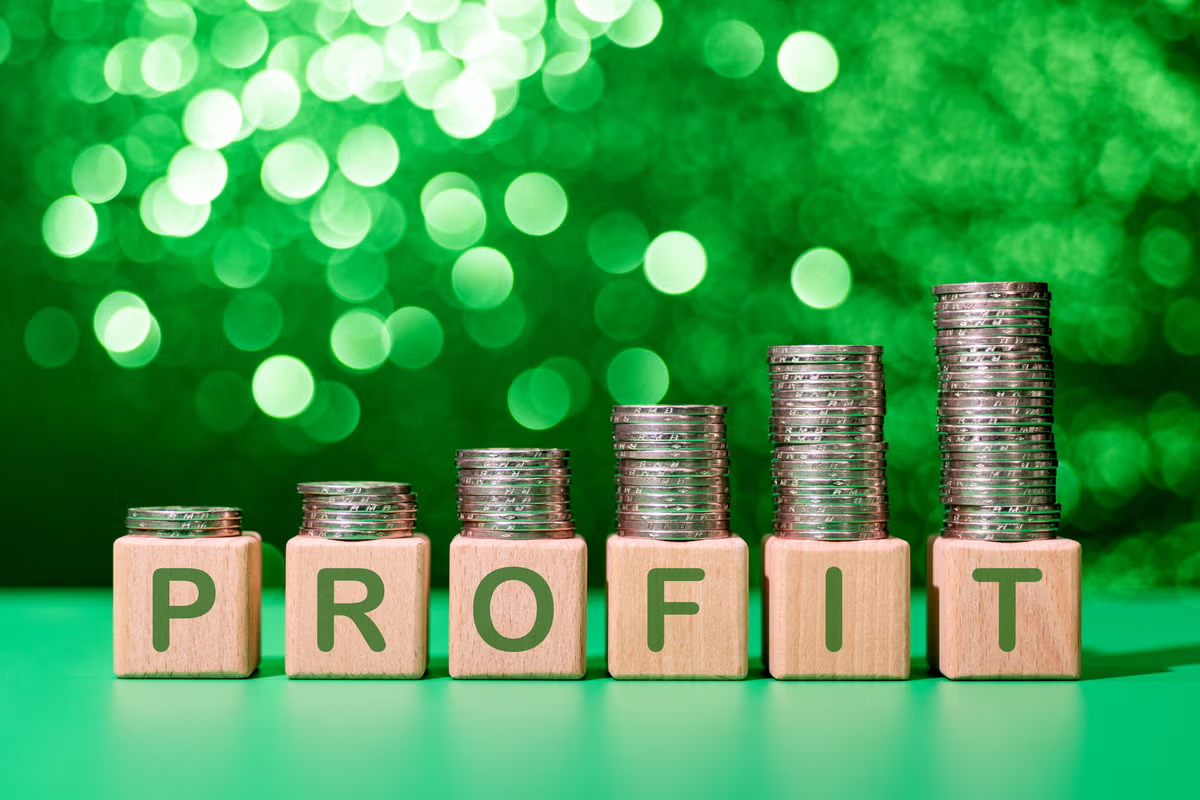Experts explain how to decide if you should you take profits from investments

How much profit is enough profit, before you start to sell your stocks or funds?
Greg Eckel, portfolio manager of Canadian General Investments, started investing in the semiconductor chipmaker Nvidia in 2016 when shares were around $1.35.
The price grew steadily as the business grew, but the company really got the market’s attention in May 2023, when shares hit $131 after a surprise set of positive financial results. While Eckel trimmed his stake by selling some shares, he remained invested in the firm. Today it is the second largest holding in his investment trust.
“Had we sold out then, we would have made a healthy return,” says Eckel. “But we’d have missed the stock’s subsequent rise to new highs of around $185 – a further gain of about 40 per cent.”
All investors dream of having such a stock in their portfolio, but what to do after such a strong run of performance can be a difficult dilemma.
Some people might be tempted to take their profits and run after a share price surge, to lock in those juicy gains – but what if it continues to rise and they miss out on more? Others might keep those shares in hope that the streak will continue – but what if it doesn’t, and those hard-won gains are lost?
Buy, hold or sell
Investors essentially have four choices when a stock has soared: sell out entirely, trim the holding, stay put, or invest more. But working out which is the best course of action is not always easy.
A first step is to understand why the investment has soared. Global stock markets have been on a strong run in 2025, and the FTSE 100 has hit multiple record highs. But selling just because prices are high is often not a good idea, says Rob Morgan, chief investment analyst at Charles Stanley.
The stock market has been at an all-time high in 363 of the 1,187 months since 1926, according to research by Schroders – 31 per cent of the time. Its research found that those who sold out of the market for a month whenever the market hit a new high, and reinvested when it wasn’t at one, reduced their total returns by a massive 90 per cent.
If the company has posted better-than-expected results, created a new market-leading product, or made a merger or acquisition that stands to benefit the business, then a share price rise is likely justified. This is what has happened with the likes of Nvidia, Tesla or the pharma firm Novo Nordisk as weight loss jabs became mainstream.
Get a free fractional share worth up to £100.
Capital at risk.
Terms and conditions apply.
Go to website
ADVERTISEMENT
Get a free fractional share worth up to £100.
Capital at risk.
Terms and conditions apply.
Go to website
ADVERTISEMENT
“Compare its performance to sector peers and the broader market to see if the rally is company-specific or part of a wider trend,” says Morgan.
On the other hand, sometimes stocks really do rise for no good reason. This is what has happened with so-called meme stocks, which get hyped up on platforms such as Reddit and TikTok, causing the share price to briefly soar before plunging again.
An extreme example is the video shop Blockbuster, whose shares rallied more than 1,000 per cent in a matter of days in 2021, even though the business had no assets or prospects. Another is the dot com bubble around 2000, when internet stocks soared indiscriminately, only for most to come crashing back down.
Review your portfolio
Ask yourself why you invested in the first place. If it was because the price was rising and everyone else was investing, it’s possibly time to sell. If you believed in the long-term prospects for the company – and still do – you should perhaps hold on.
Before investing, it can be helpful to set a price target for the stock. You can then review the holding when it reaches this level. This doesn’t mean you should automatically sell but it’s a good point to review and potentially consider trimming the holding to reinvest profits elsewhere – known as rebalancing your portfolio.
.jpeg)
Consider metrics that professionals use to work out whether a stock is good value.
For example, the price-to-earnings ratio, or P/E, is a company’s share price divided by its earnings per share. It shows how much investors are willing to pay for the stock – for example, a P/E of 20, means you are paying £20 for every £1 of earnings the company produces.
Leah Bramwell, from Canaccord Wealth, says: “Comparing such metrics to a company’s history, peers or long-term growth prospects can help you gauge whether it is fairly priced.”
To help, investment websites such as Morningstar provide star ratings for stocks, which indicate whether professional analysts think they are over priced or not.
Should I stay or should I go?
Ask yourself why you are considering selling. Legitimate reasons include a change of management, collapse of the business case, major disruption to the sector, and a deterioration in fundamentals such as falling profits or customer numbers.
Taking some profits can be a great way of redeploying your cash into other investments, but selling out entirely could mean you miss out on further gains.
Try and avoid an emotionally-led decision, says Jack Bishop, investment manager at Quilter Cheviot. It’s easy to get caught up in the fear of missing out, greed or overconfidence, so take a step back to assess your thought process before making any decisions – staying invested too long could lead to losses, but so too could selling too soon.
Eckel says: “We don’t panic-sell or walk away from the true superstars in a portfolio before they’ve had the chance to peak. The steady journeymen stocks keep you in the game, but it’s the occasional superstar that transforms performance.”
When investing, your capital is at risk and you may get back less than invested. Past performance doesn’t guarantee future results.
[title_words_as_hashtags




